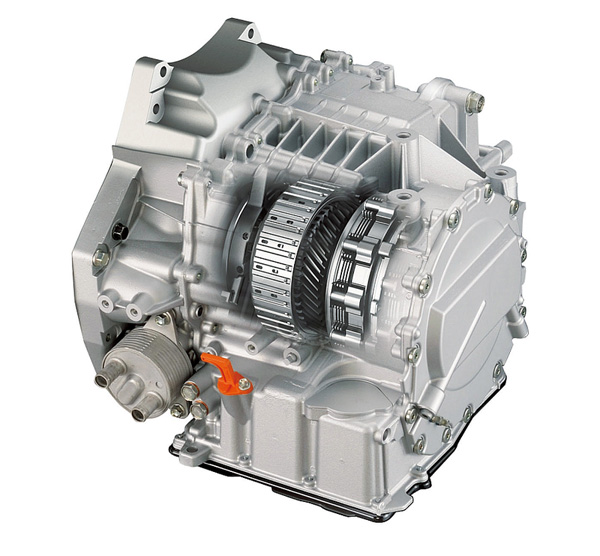21 October 2010 - At the New York International Auto Show, Mazda highlighted its new SKY Concept next-generation engines and transmission, slated for global roll-out starting in 2011.
Fuel economy will improve 15% on the SKY-G (gasoline-based) and 20% on the SKY-D (diesel-based) engines, with a simultaneous increase in torque. The all new SKY-Drive six-speed automatic transmission will offer driving feel comparable to a dual clutch transmission, while also improving fuel economy by 5% compared to Mazda’s current automatic six-speed transmission.
These new powertrain products—combined with weight reductions of 100 kg (220 lbs) on next-generation vehicles, improved aerodynamic design to reduce drag, and the introduction of electric devices like the fuel-saving stop/start system called i-stop (currently available in Japan and Europe)—will contribute to meeting the Mazda’s global 2015 fuel economy improvement goal of 30%, with an accompanying drop in CO2 emissions of 23% (compared to 2008).
Mazda and Toyota recently reached an agreement on the supply by Toyota under license to Mazda of the hybrid system technology used in the Toyota Prius. Leveraging this agreement, Mazda said it will combine the hybrid system with the SKY-G direct-injection gasoline engine to develop and to manufacture a hybrid vehicle in Japan. Mazda is aiming to commence sales of a hybrid vehicle starting in Japan by 2013.
The direct-injection SKY-G will offers a 15% improvement in fuel economy and deliver 15% more torque than current gasoline engines, Mazda said. A 2.0L SKY-G engine will be as efficient as a current 2.2L diesel. Efficiency improvements in the engine come partly from a higher expansion ratio, optimized combustion, intake volume control and lower friction. Use of Mazda’s single-nanotechnology catalyst reduces use of precious metals by more than 70%.
The SKY-D diesel will offer a 20% improvement in fuel economy compared to today’s 2.2-liter diesel, along with a boost in both low- and high-end torque compared to current diesel engines. Efficiency improvements come from innovative combustion and low mechanical resistance. A highly efficient active ceramic diesel particulate filter (DPF) removes the need for after-treatment urea systems.
Source: Green Car Congress



